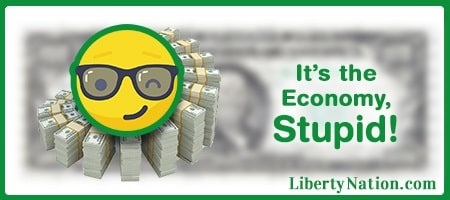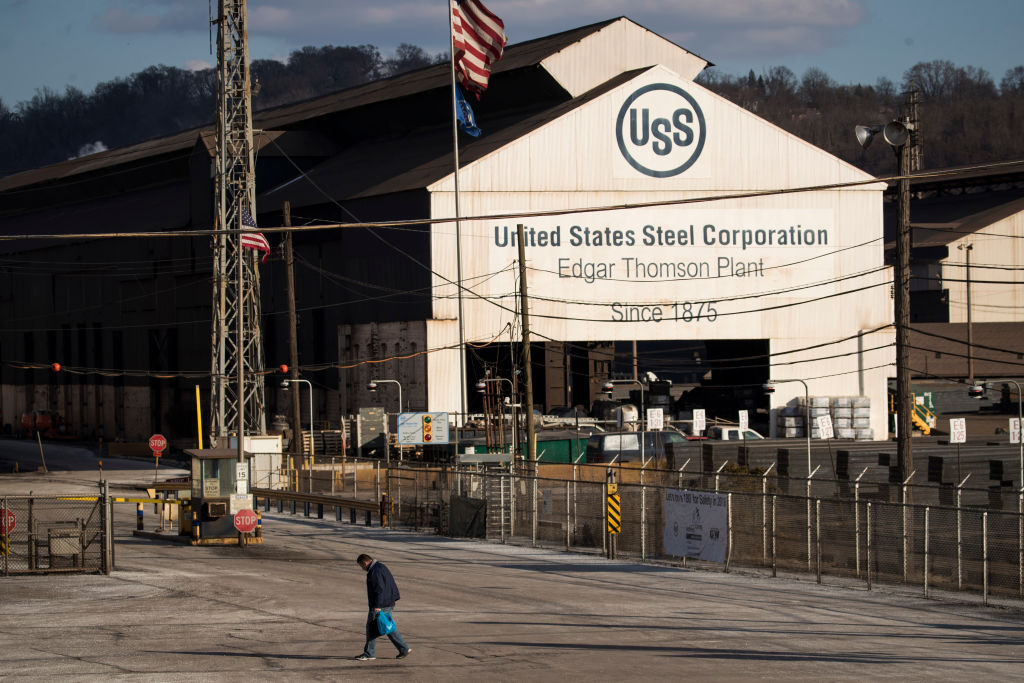Is steel a critical component to the US economy? For decades, the United States had been one of the biggest markets for production and exports of the raw material. However, the days of men in their overalls carrying a lunch pale to the factory to manufacture steel are long gone. In recent years, the domestic steel industry has witnessed two trends: automation and outsourcing. Has this been a boon for the nation or a tremendous loss?
A Brief History of Steel
Heading into the 1970s, domestic manufacturing production of steel was substantial. Like the broader manufacturing sector, which contributed as much as one third to the national economy, the product’s creation at home has been on the decline. In fact, since the middle of the 1970s, US steel output has been on a downward trend. Even as of late, following the coronavirus pandemic, the industry experienced a tepid revival only to quickly dissipate in November 2021. According to the American Iron and Steel Institute (AISI), raw steel production tumbled 6.2%, and shipments from US steel mills fell 5.5% in 2022.
Over the last 20 years, Republican and Democratic administrations have attempted to support steel through subsidies and tariffs. President Donald Trump spearheaded the efforts in his trade war with China, imposing 25% tariffs on imports. The public policy pursuit did not achieve much except for raising prices on US businesses and consumers while Beijing’s steel sector has remained strong, accounting for 53% of global production.
 Indeed, the US and many other Western economies have outsourced their steel production needs. But this is more of a simplistic view of what happened. The other factor has been the adoption of automation. For example, many firms use electric arc furnaces. These enable mini-mills to transform scrap metal into the vital material without needing to manufacture steel from scratch. Additionally, the amount of time it takes to create one ton of steel has been slashed, declining from ten man-hours to 90 man-minutes. This means that steel production has never been more efficient, thanks to companies’ investments in automation, artificial intelligence, smart technology, and much more.
Indeed, the US and many other Western economies have outsourced their steel production needs. But this is more of a simplistic view of what happened. The other factor has been the adoption of automation. For example, many firms use electric arc furnaces. These enable mini-mills to transform scrap metal into the vital material without needing to manufacture steel from scratch. Additionally, the amount of time it takes to create one ton of steel has been slashed, declining from ten man-hours to 90 man-minutes. This means that steel production has never been more efficient, thanks to companies’ investments in automation, artificial intelligence, smart technology, and much more.
Good or Bad for the Economy?
Critics of these trends suggest that American workers have been displaced. According to the Bureau of Labor Statistics, there were nearly 200,000 employees at iron and steel mills in the 1980s. In 2022, this figure collapsed to around 83,000 workers. As basic economics tell us, when there is a significant disruption in any given sector, there will be shifting employment opportunities, either within the industry or in another part of the labor market. But while protectionists’ tariffs might have a worthwhile objective of preserving jobs, history has indicated that there is no net effect on the overall number of positions.
The brass tacks of the argument surrounding the commodity is price. By outsourcing steel production to foreign markets that possess a comparative advantage, or by instituting more automation, costs are lowered. This leads to other benefits. The first is that consumers receive cheaper goods and services at a time when rampant price inflation appears to be the new normal. The second is that there will be higher demand for jobs in other industries that consume inexpensive steel (approximately seven million people work for companies that use steel). Lastly, there is a growth of foreign capital surplus, meaning that purchasing foreign steel with the greenback helps export inflation.

(Photo by Drew Angerer/Getty Images)
The Tariff Tool
Tariffs are a bipartisan tool to protect the powerful unions from foreign competition. You can never blame the special interests for employing this government-created tactic since the broken economy has become about self-preservation. As more companies reshore their operations and the rest of the world incrementally abandons China, the US steel industry might be able to take advantage of the situation. This will be the result of quasi-market forces. But economists, like the eminent Murray Rothbard, contend that tariffs are not the answer: “The tariff principle is an attack on the market, and its logical goal is the self-sufficiency of industrial producers; it is a goal that, if realized, would spell poverty for all. It would be a regression from civilization to barbarism.”

